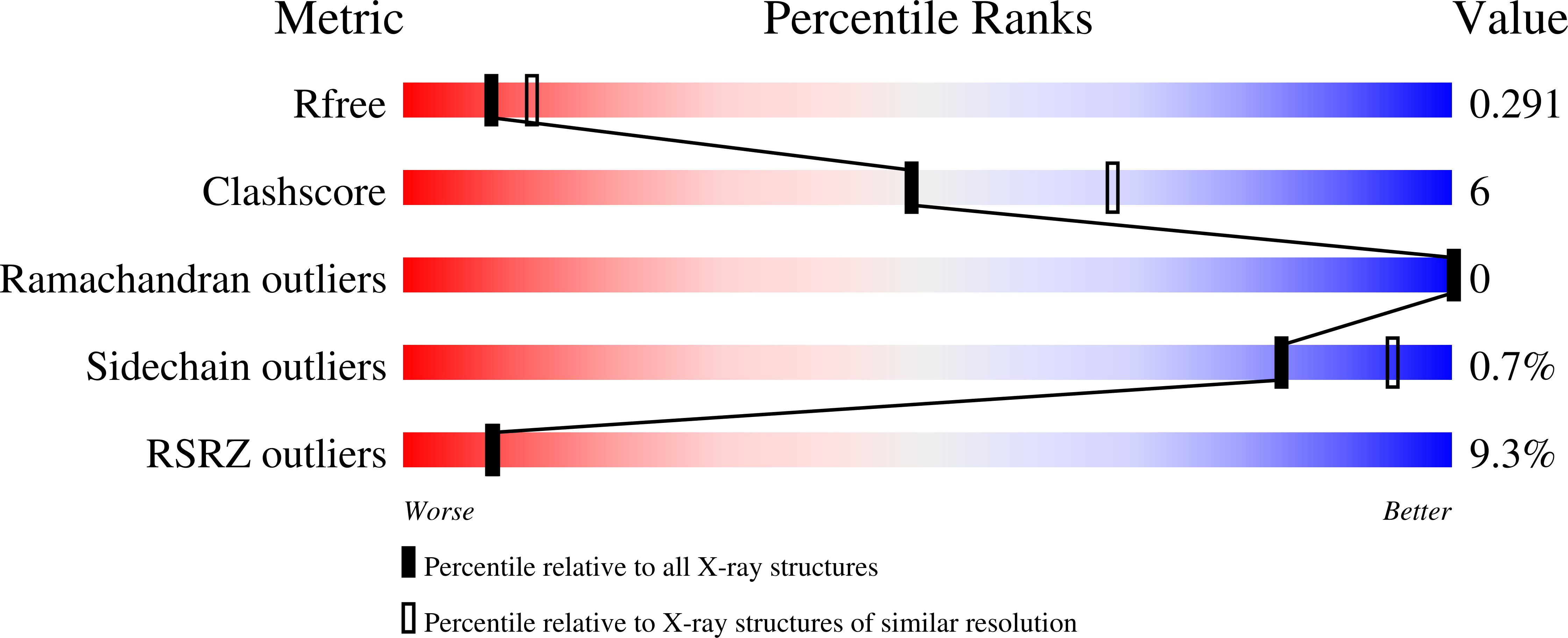
Deposition Date
2021-08-31
Release Date
2021-12-15
Last Version Date
2024-11-13
Entry Detail
PDB ID:
7S0R
Keywords:
Title:
Crystal Structure of a Complement Factor H-binding Fragment within the B75KN Region of the Group B Streptococcus Beta Antigen C Protein
Biological Source:
Source Organism:
Streptococcus agalactiae (Taxon ID: 1311)
Host Organism:
Method Details:
Experimental Method:
Resolution:
2.50 Å
R-Value Free:
0.29
R-Value Work:
0.24
R-Value Observed:
0.24
Space Group:
P 31 2 1


